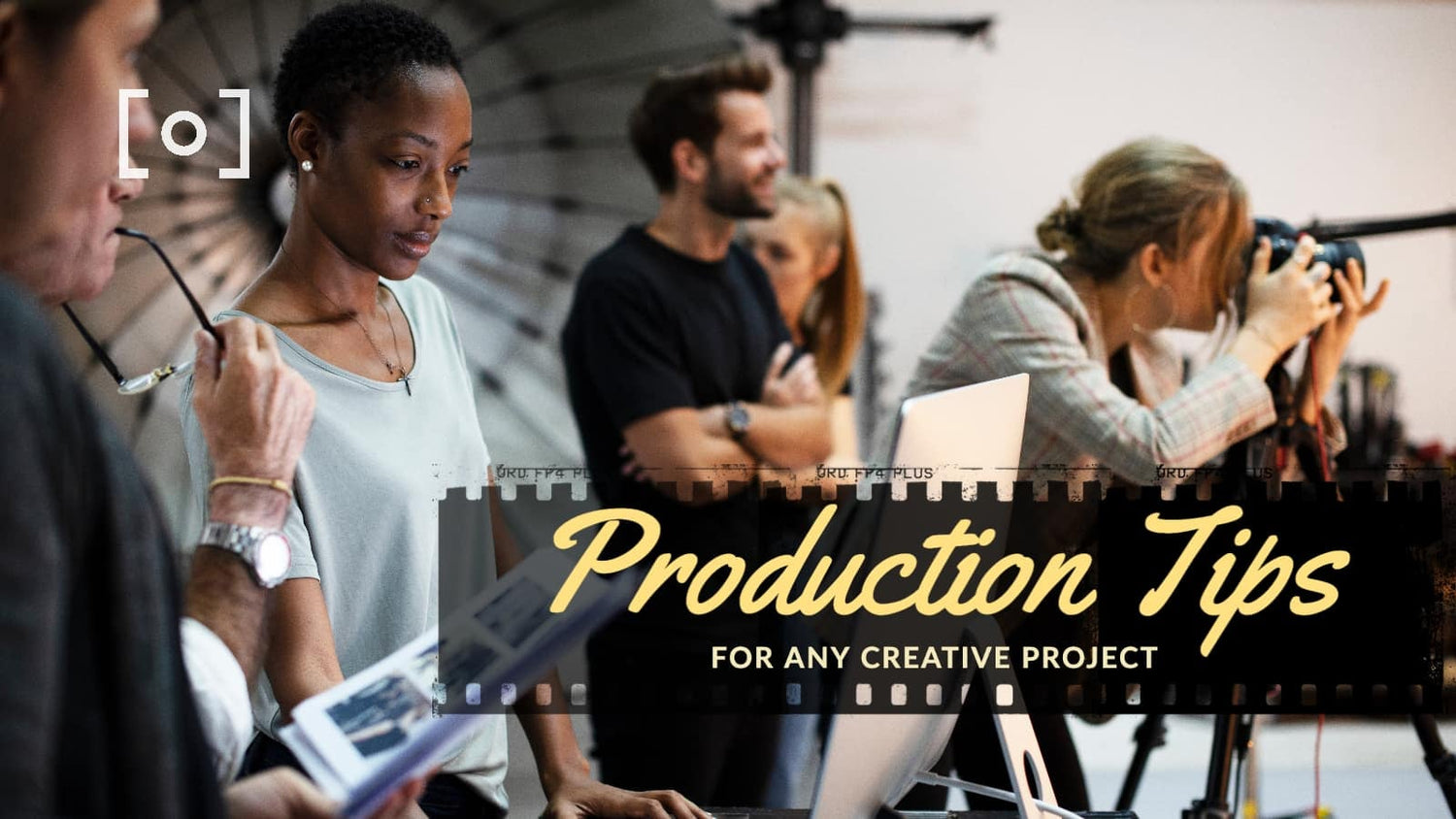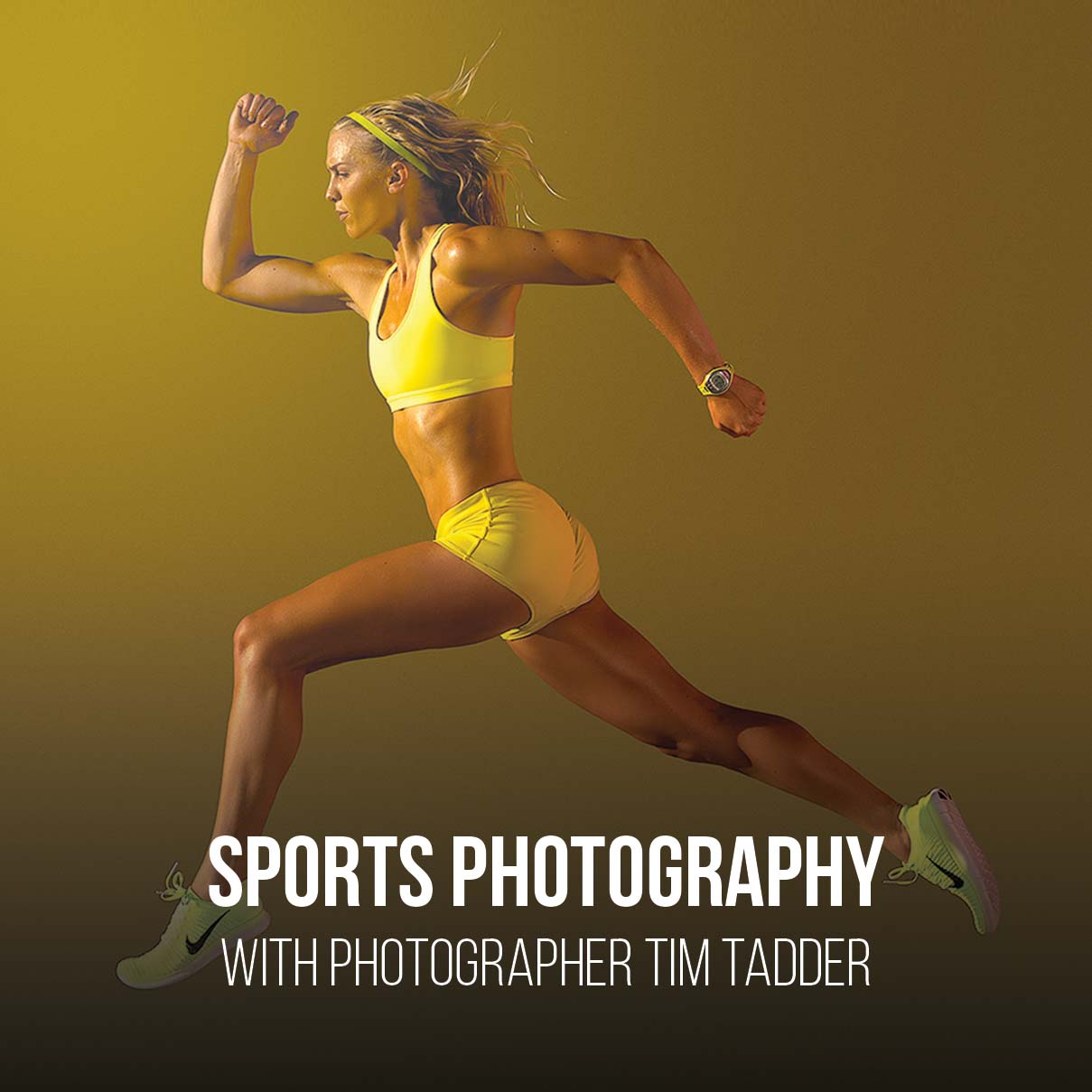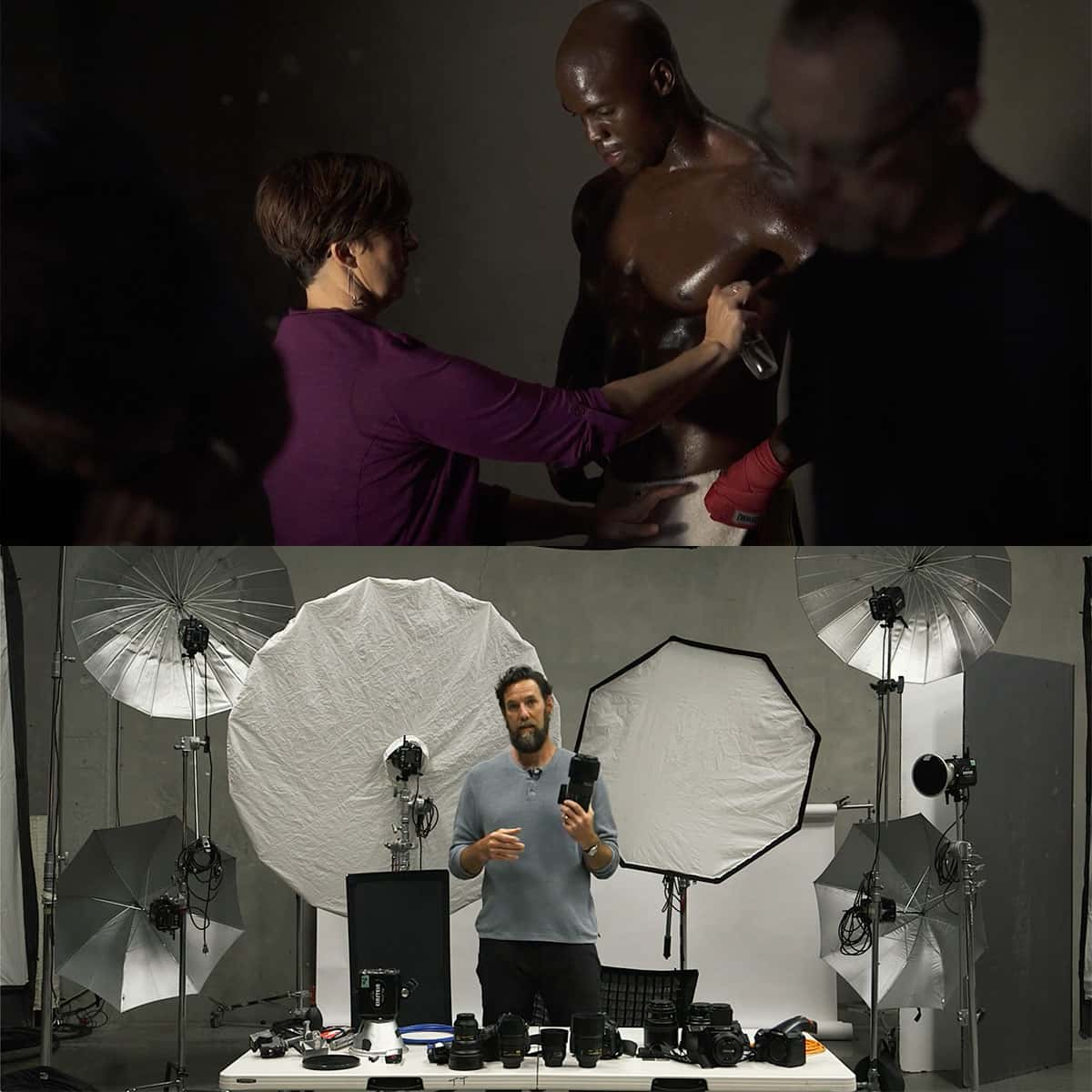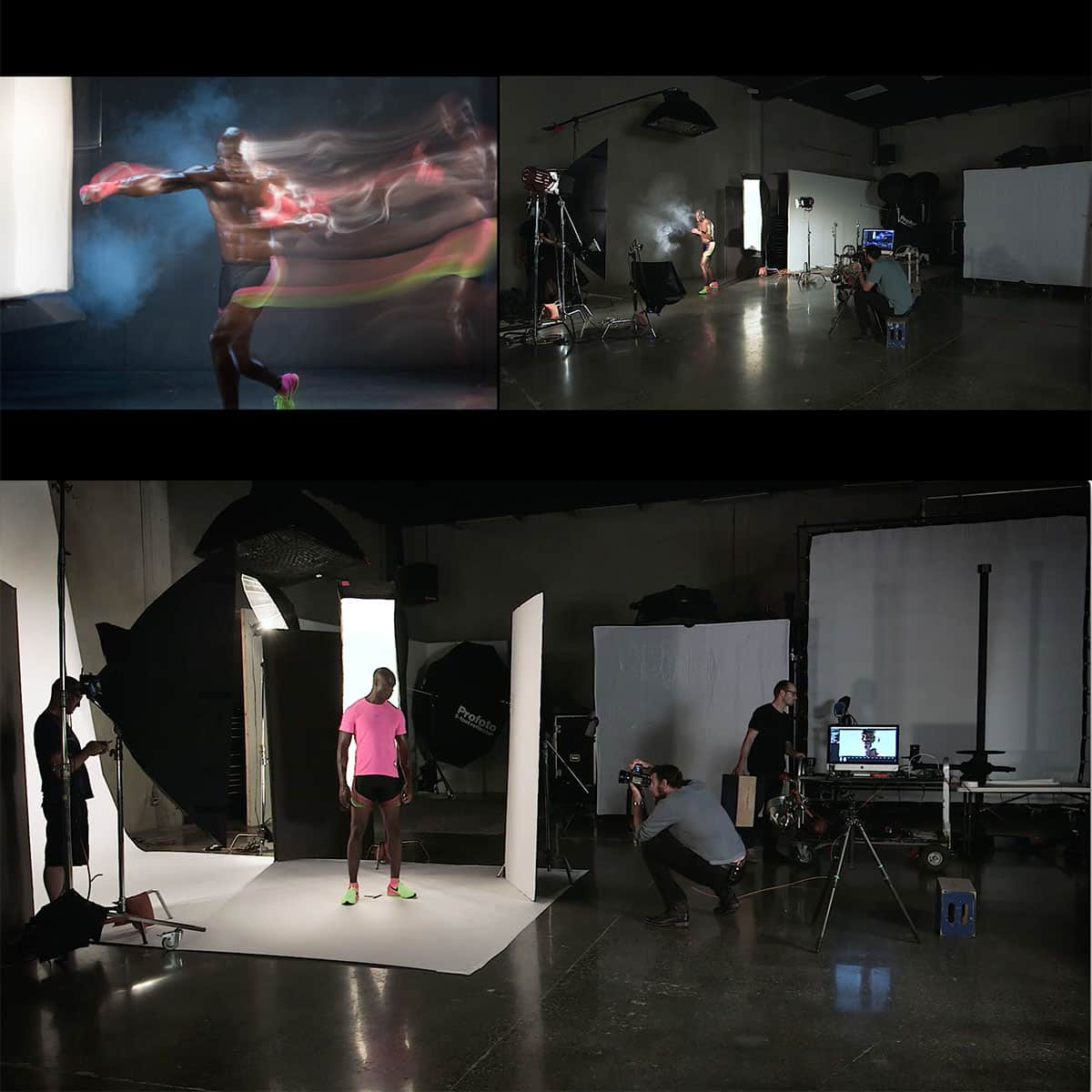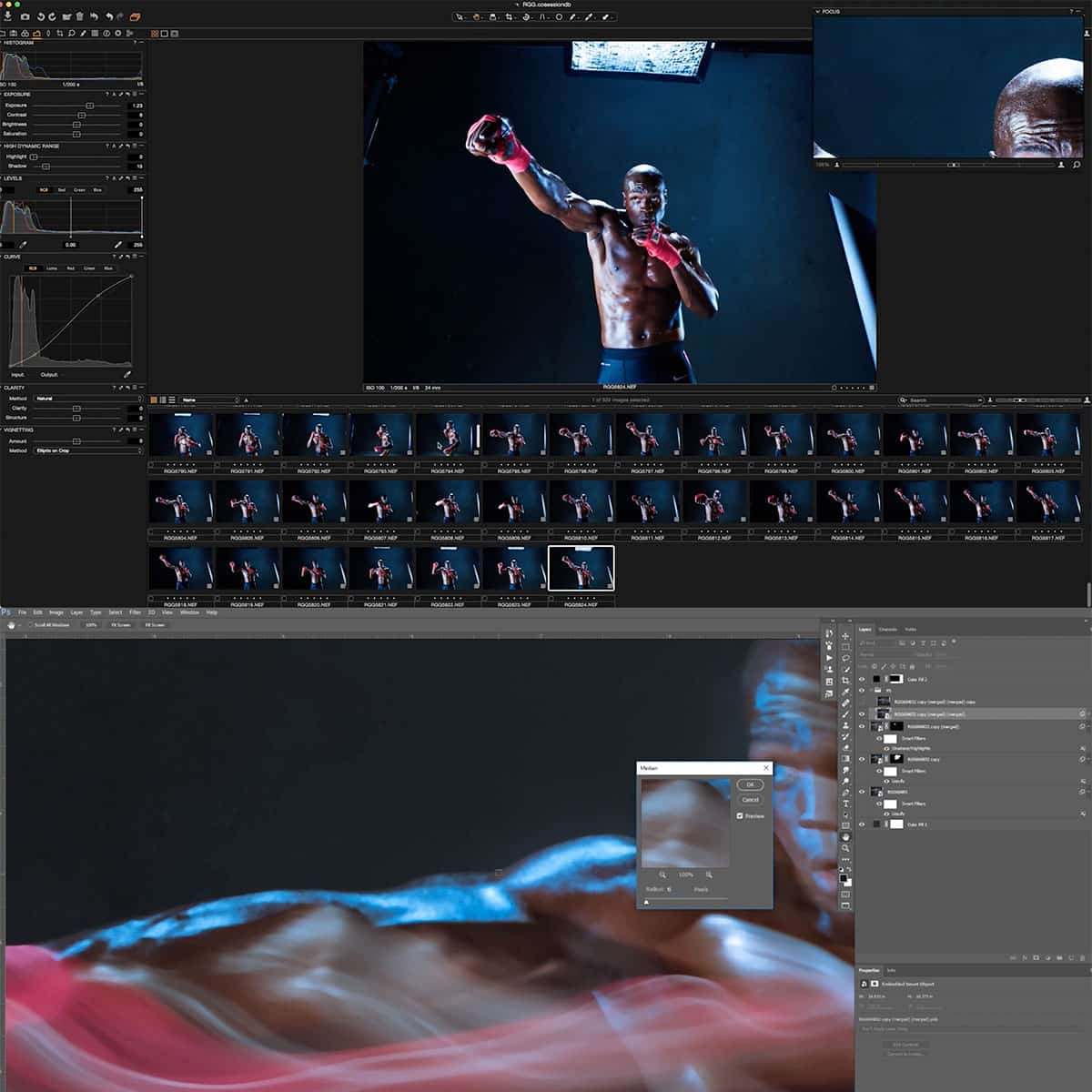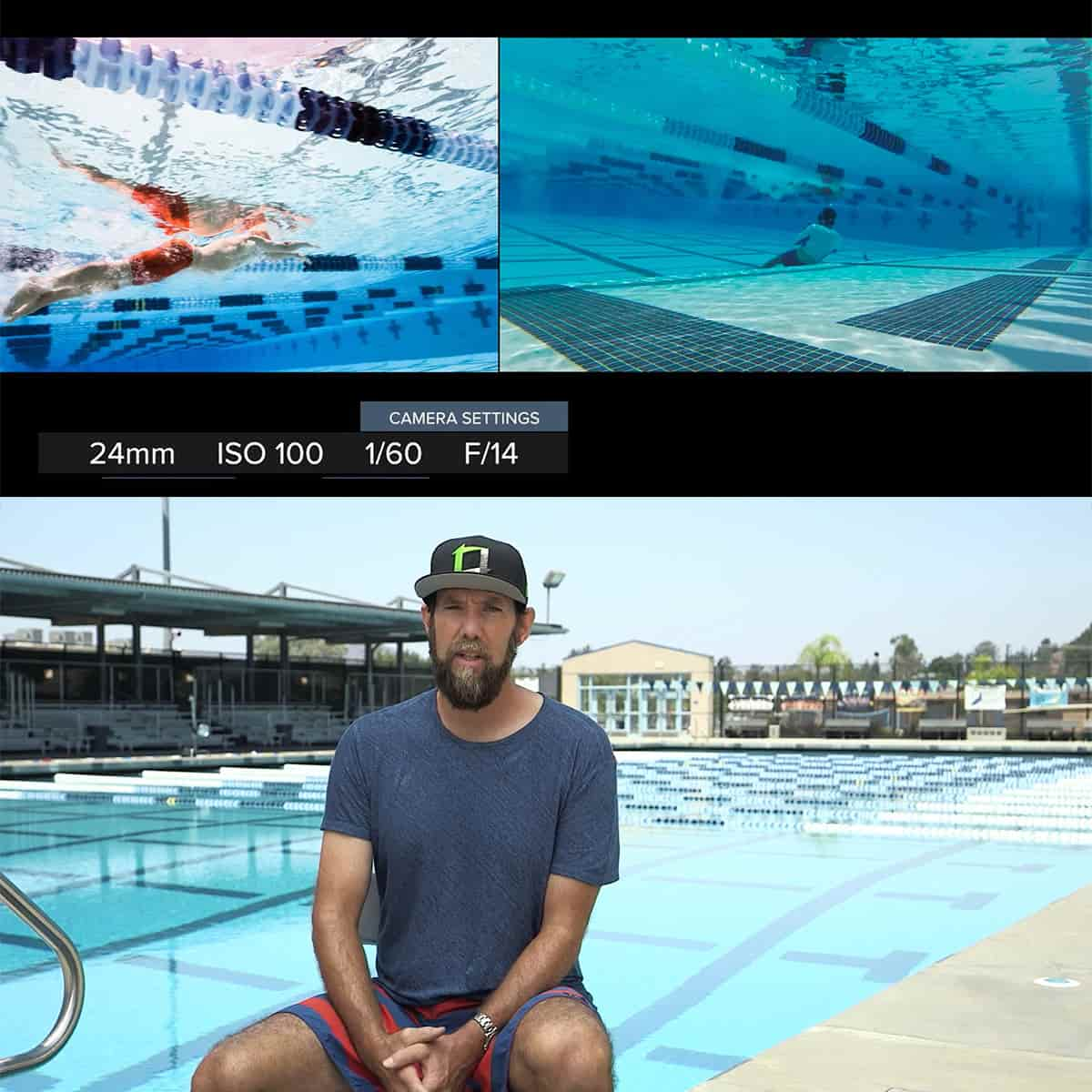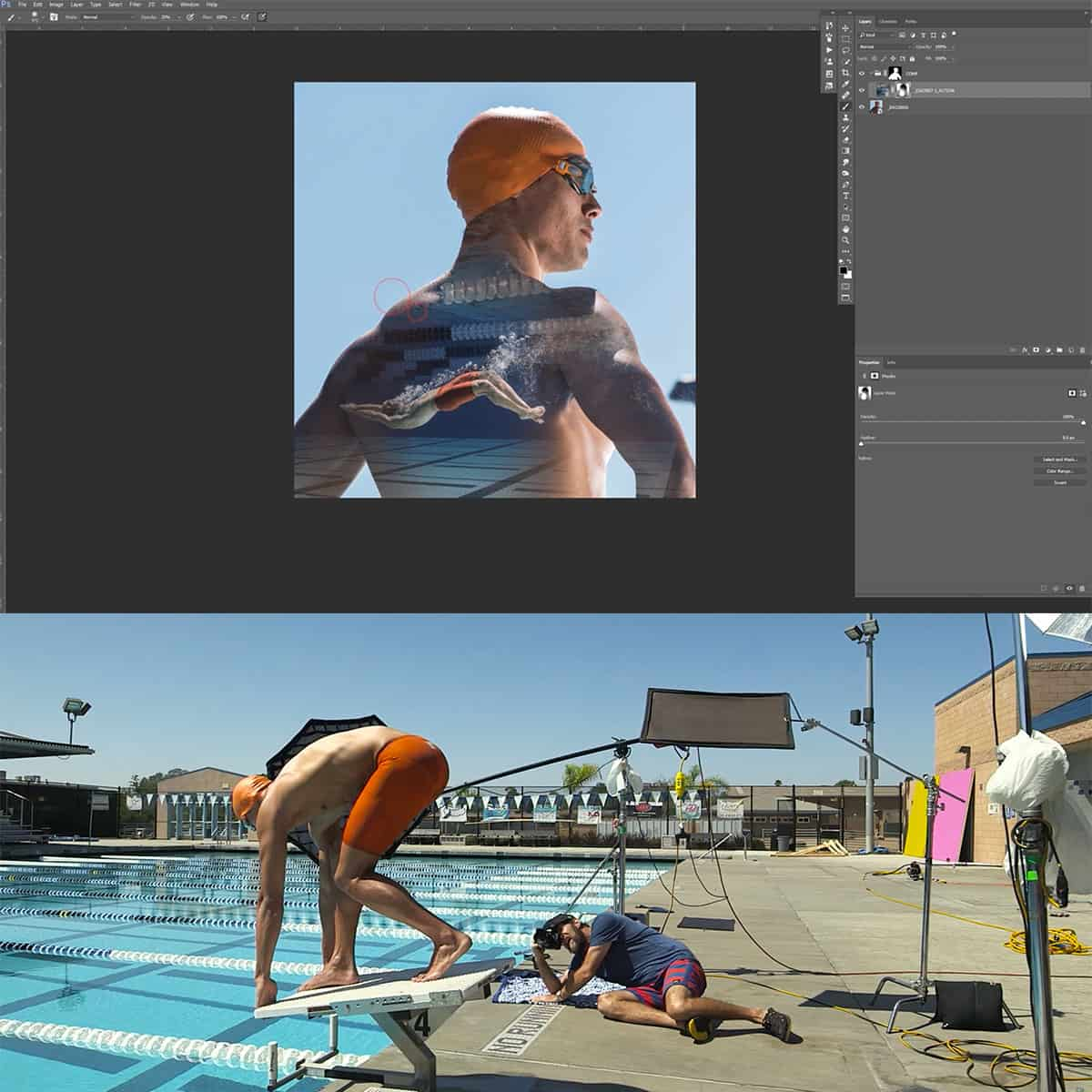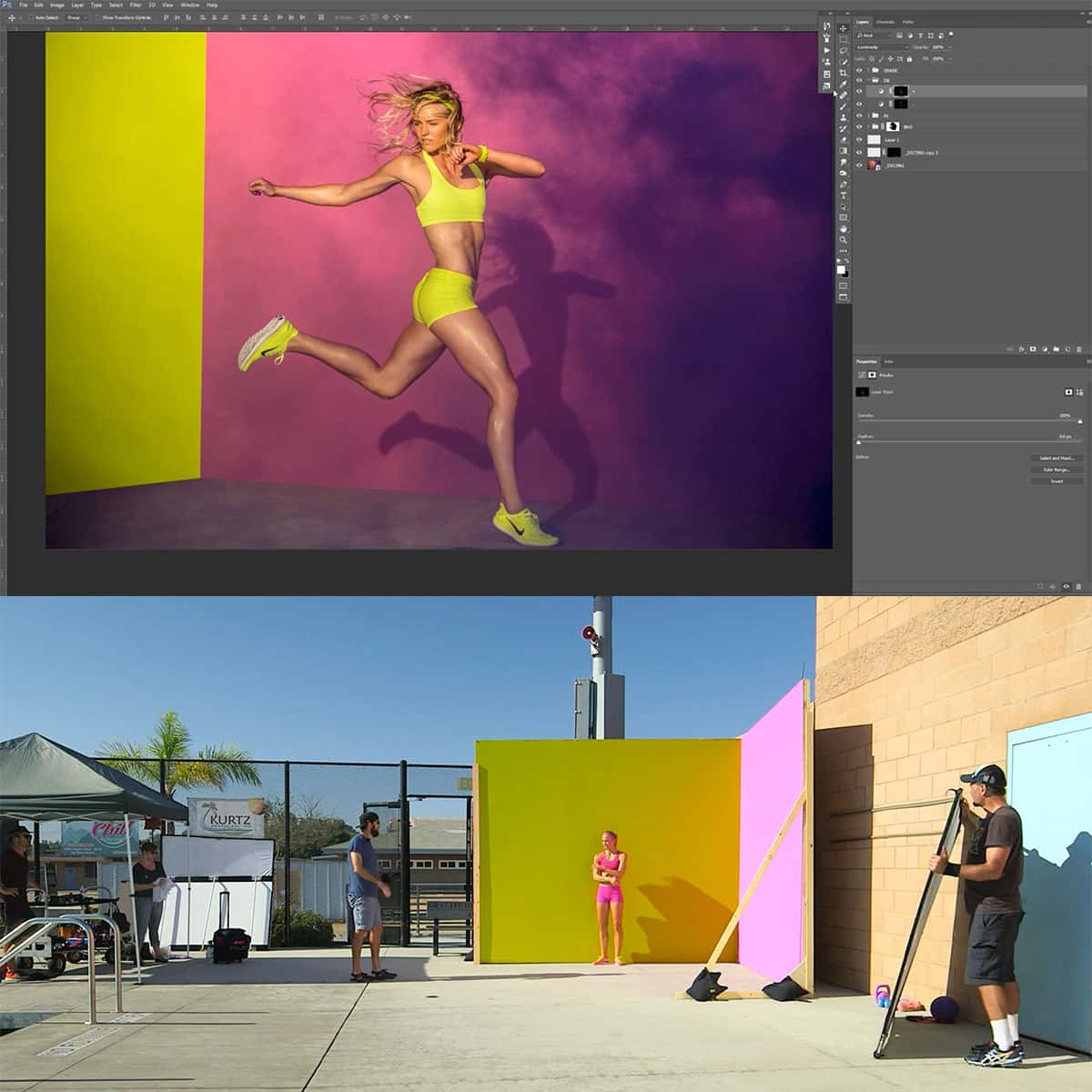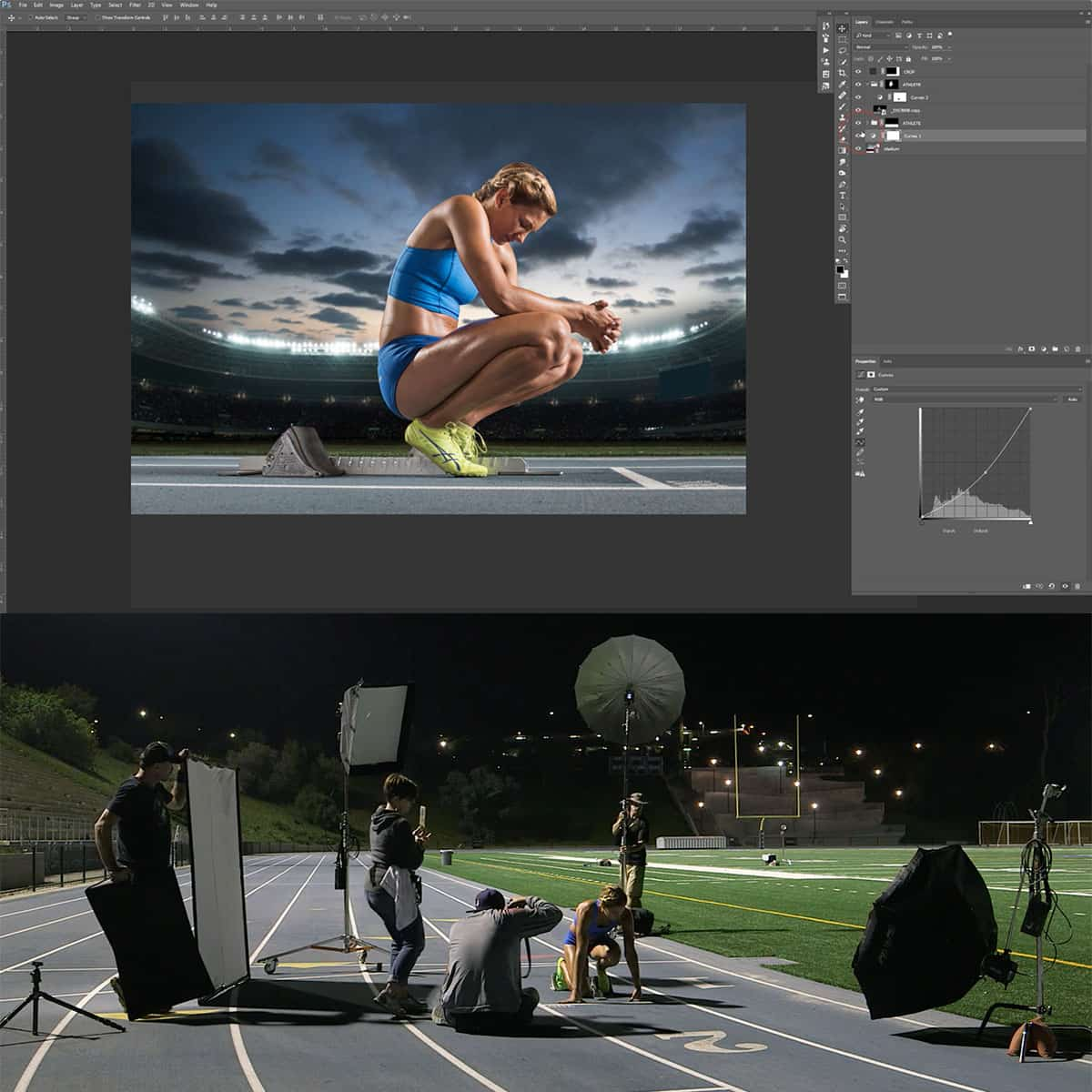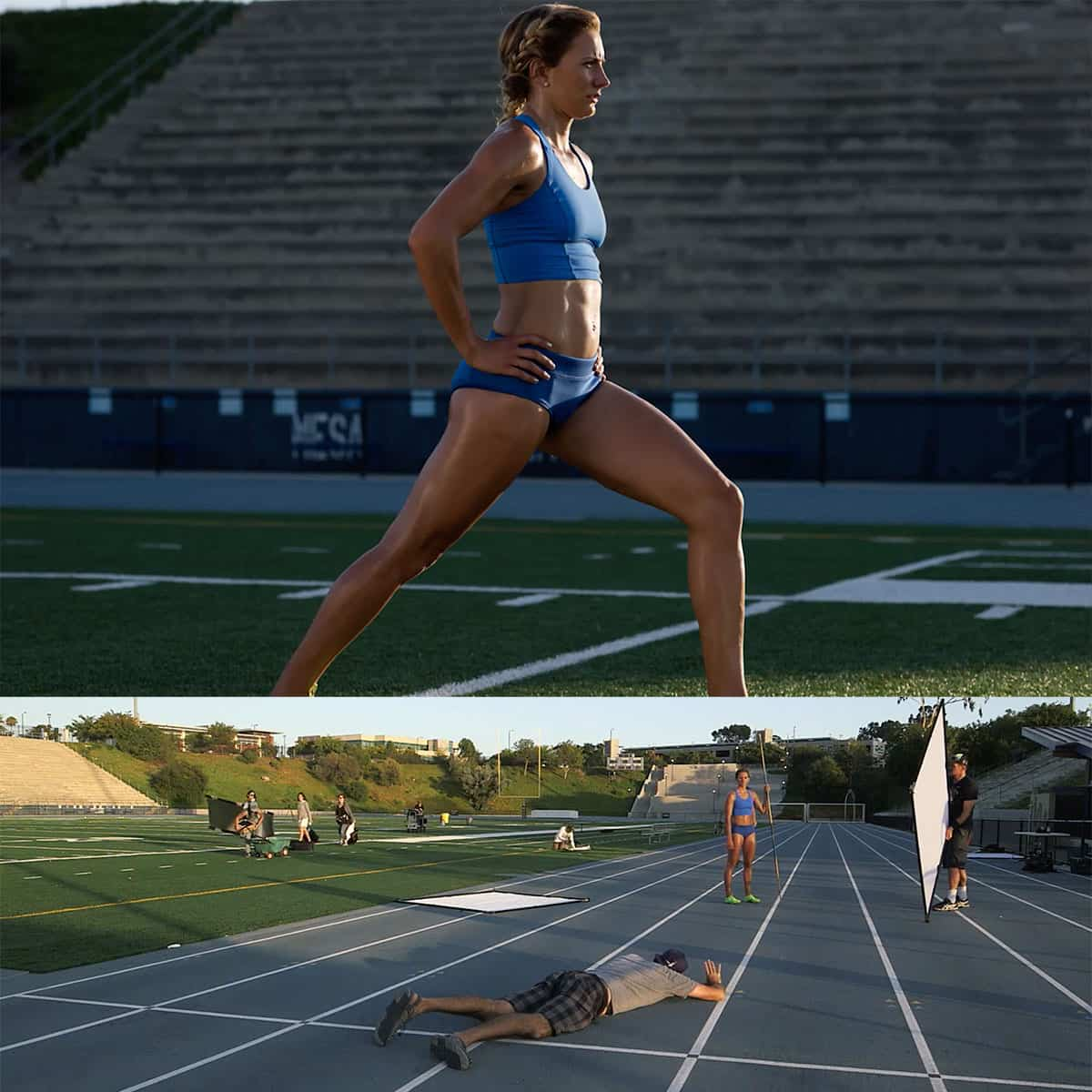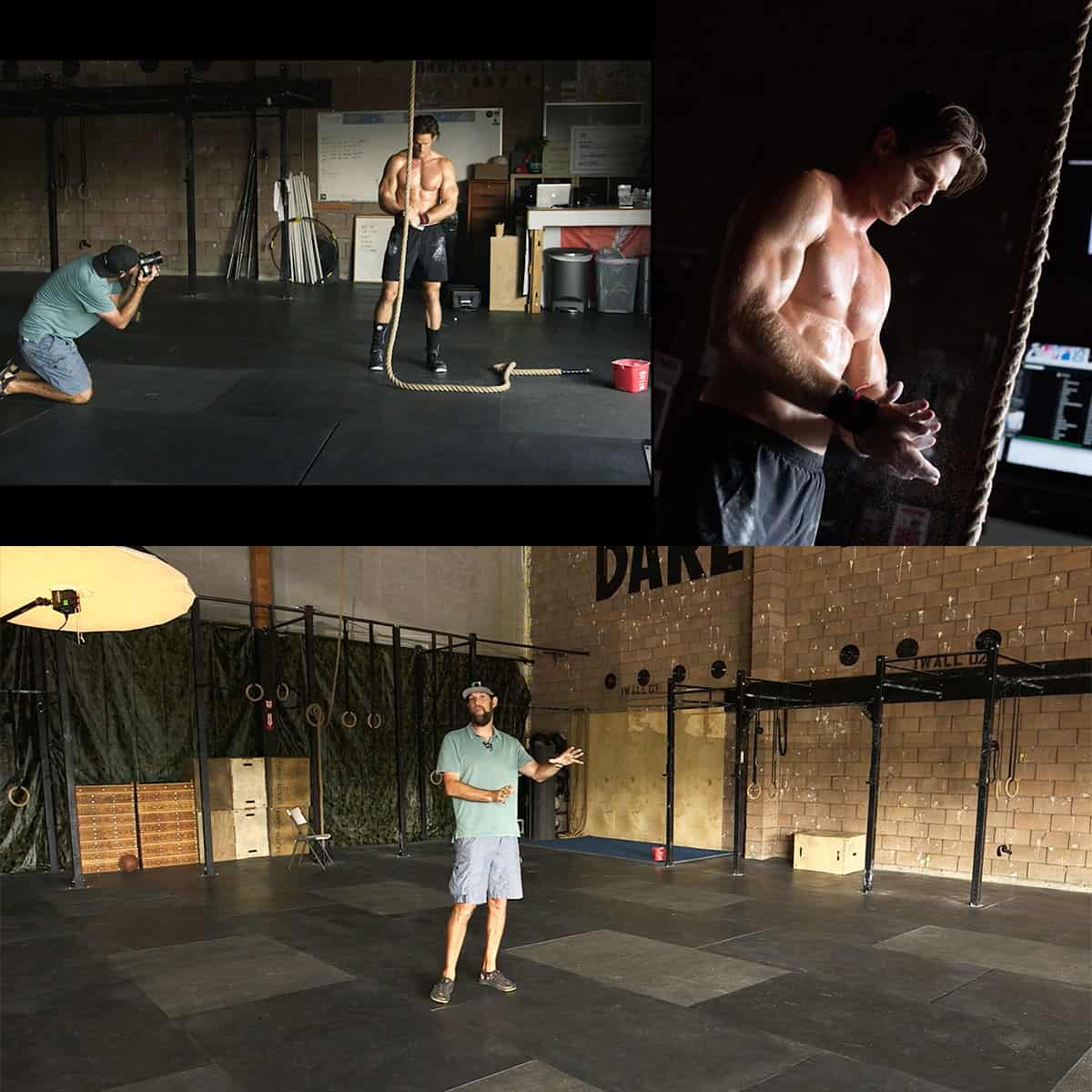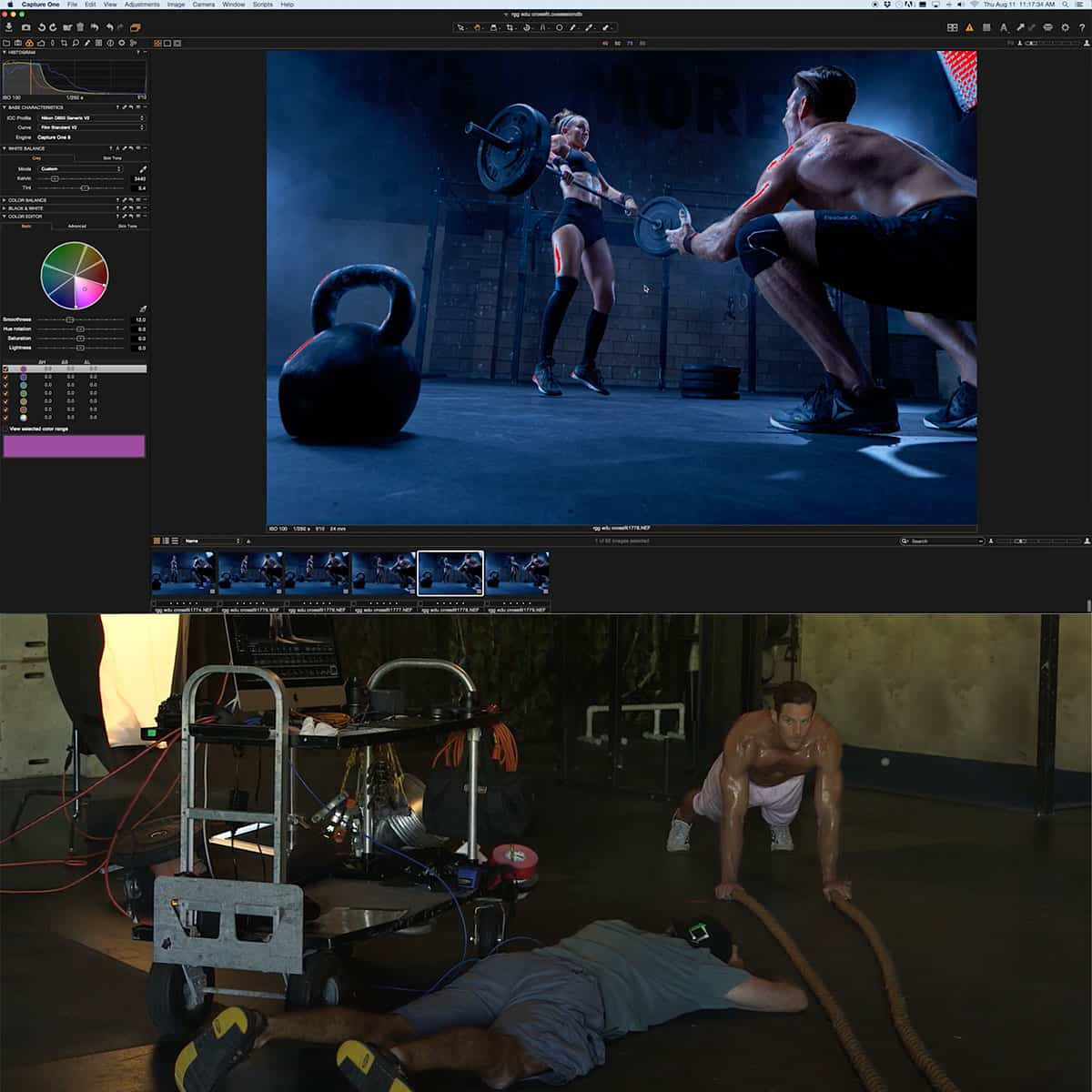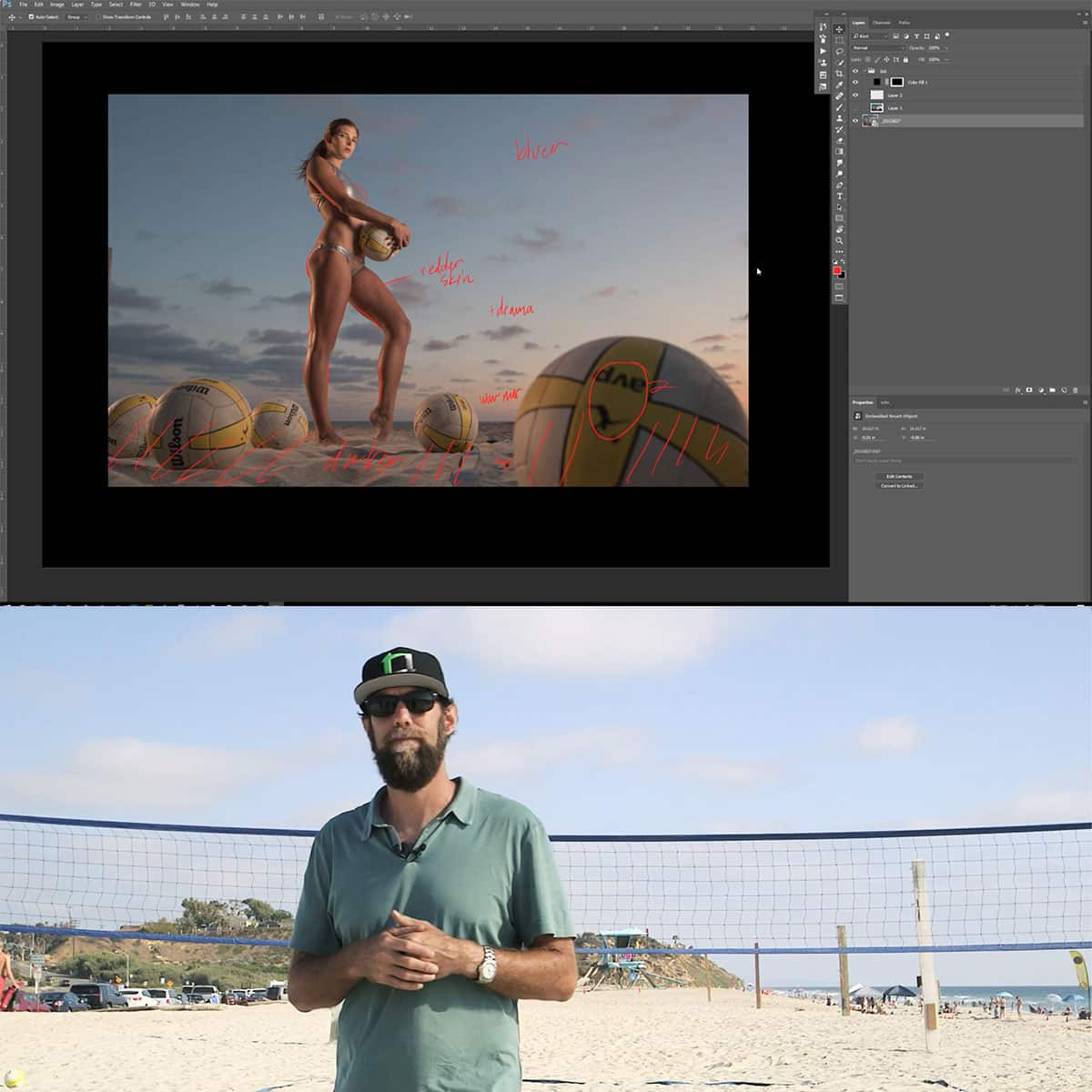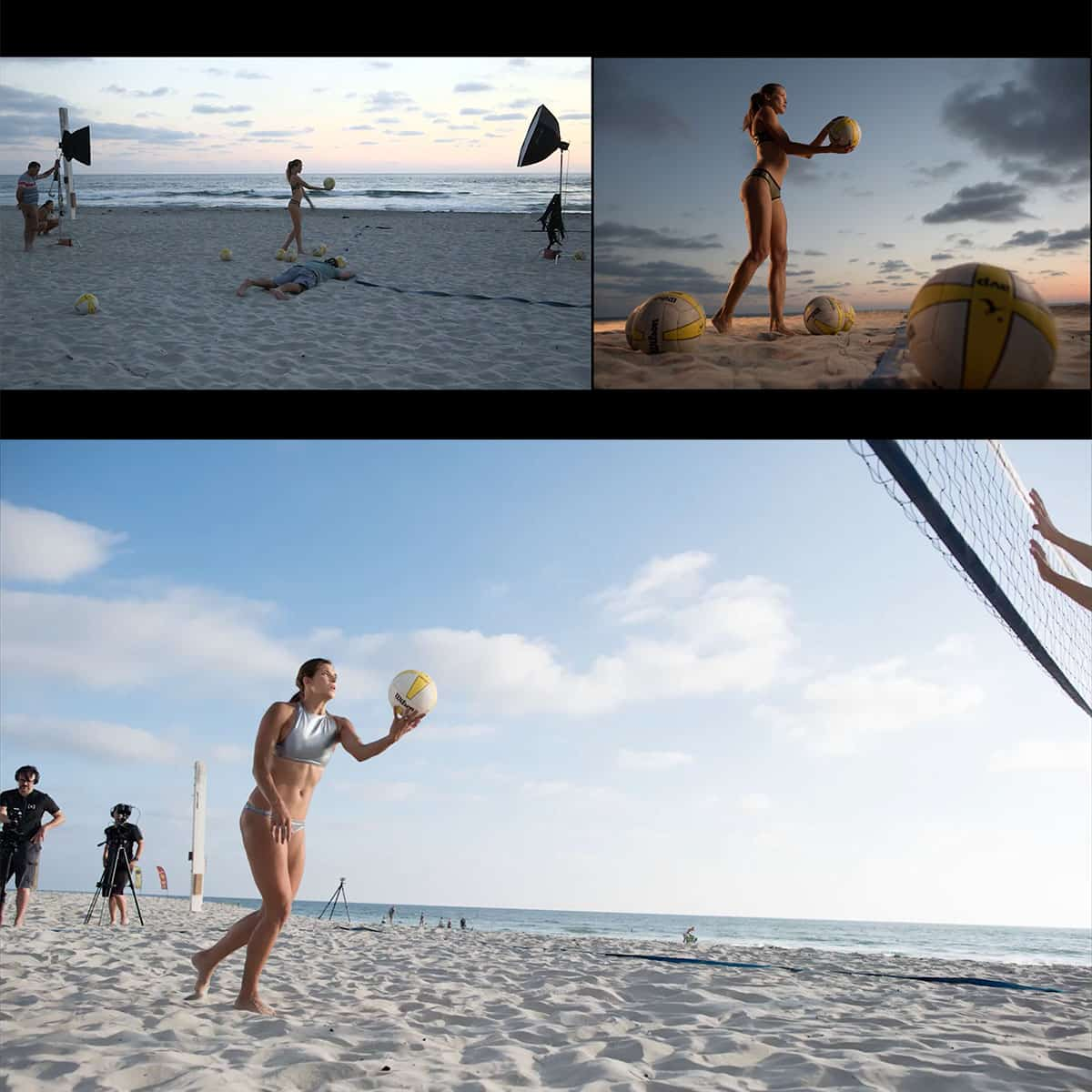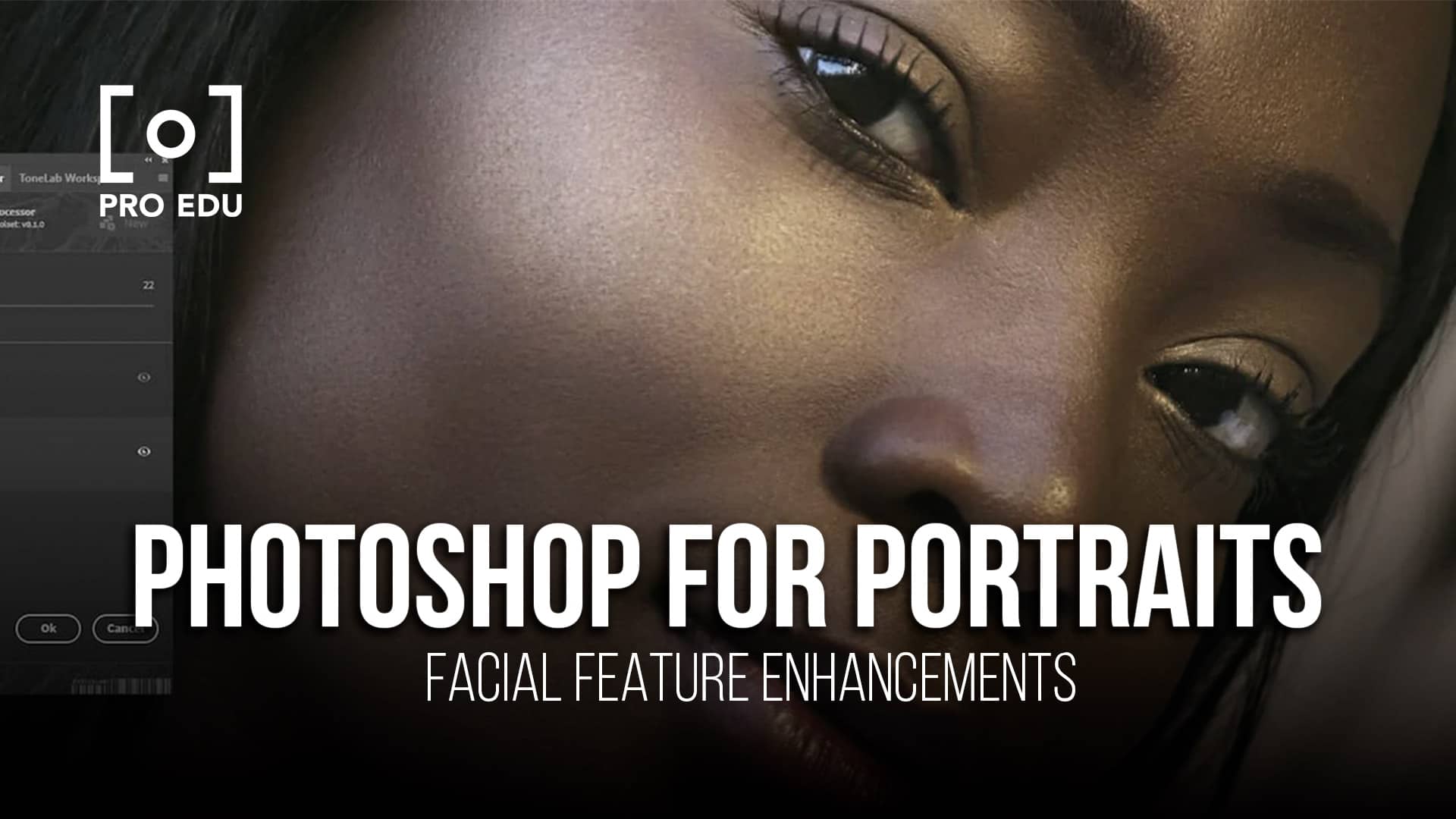The Ultimate Gear Checklist for Commercial Photographers: Essential Equipment Breakdown
Embarking on a career in commercial photography isn't just about having an eye for a great shot. It involves an intricate balancing act between creative prowess and technical know-how. We understand that the right gear can significantly streamline the workflow and enhance the quality of the final product, which is why a well-thought-out gear checklist is paramount. Knowing what equipment is truly essential can make the difference between a cumbersome process and a seamless shoot.
When we look into the essentials of commercial photography gear, we must consider the varied demands of different projects. It's crucial not only to amass high-quality cameras and lenses but also to incorporate supportive lighting, accessories, and editing tools that align with the dynamic nature of commercial assignments. Establishing a clear checklist ensures that we are always prepared, regardless of the location or subject matter, and it helps maintain the integrity of our photography business.
Key Takeaways
- Selecting the right gear streamlines a photographer's workflow and ensures higher quality results.
- A comprehensive gear list addresses various project demands, from shooting to post-production.
- Preparedness with proper equipment supports the success and reputation of a photography business.
Understanding Commercial Photography
In commercial photography, our success hinges on distinct specialties, a strong brand identity, and effective marketing strategies. Let's explore these key pillars to ensure our work stands out in a crowded market.
Defining Your Specialty in Photography
We must first identify our niche within the broad field of commercial photography. Whether our focus is on product photography, fashion, food, or architectural imaging, specializing allows us to hone our craft and cater to specific client needs. Building a portfolio that showcases our specialty not only reflects our expertise but also attracts the clientele aligned with our chosen niche.
Building a Strong Photography Brand
The essence of our brand conveys who we are and what we stand for in the commercial photography industry. Developing our brand involves more than just a logo or a style; it's about creating a consistent experience across all touchpoints, from our website to our business cards. A cohesive brand builds trust and makes us easily recognizable to potential clients.
Marketing Strategies for Photographers
Our marketing plan is the engine that drives our business forward. It must encompass various tactics, from social media presence and networking to SEO and direct outreach. By integrating these approaches with a clear understanding of our target audience, we ensure that our marketing efforts efficiently connect us with those who require our specialized services. With a robust marketing strategy, we turn our brand and portfolio into powerful tools for growth and recognition.
Essential Photography Equipment
Before we dive into the specifics, it's vital to understand that the right equipment serves as the backbone of commercial photography. Our gear choices can significantly impact the quality of the final images and the efficiency of our workflow.
Choosing the Right Camera System
When we're selecting a camera system, it's essential to consider what type of photography we'll be specializing in. For high-resolution images and superb performance in various lighting conditions, full-frame DSLRs have been the industry standard. However, mirrorless cameras are now equally competitive, offering lighter weight, live exposure previews, and less mechanical wear due to the absence of a mirror mechanism. For instance, the dynamic range and color depth of these systems can make a substantial difference in post-production.
Lenses and Their Creative Uses
Lenses are arguably as important as the camera itself, as they dictate the composition and feel of the images. A versatile kit should contain:
- Wide-angle lenses: Ideal for capturing expansive scenes and architectural shots.
- Standard lenses: The go-to for a natural field of view, perfect for portraits and general use.
- Telephoto lenses: Essential for bringing distant subjects closer with clarity.
- Macro lenses: Allow us to capture life-size close-up details that are crucial for product photography.
Each lens has its creative uses, for example, a wide-angle can exaggerate space and depth, whereas a telephoto can compress it, affecting how we convey our subject.
Importance of Quality Tripods and Supports
No matter the steadiness of our hands, we will need a reliable tripod for certain shots. It's not only about preventing camera shake; a sturdy tripod is crucial for framing shots accurately, especially for long exposures or panorama stitches. The Gitzo GT2545T Series 2 Traveler Carbon Fiber Tripod is a favored choice among professionals for its balance of strength and portability. Additionally, gimbals and monopods provide support in more active or confined shooting scenarios.
Lighting and Accessories
In commercial photography, lighting isn't just about visibility; it's about setting a mood, creating atmosphere, and bringing out the best in the subject matter. Our toolbox must be versatile enough to handle any lighting scenario.
Mastering Lighting Techniques
To achieve creative control over our images, we must be adept at using various lighting techniques. We design complex light setups using speedlights and strobes, applying knowledge of light modifiers, like softboxes and umbrellas, to shape and direct light. We also regularly employ reflectors to fill in shadows and add light where necessary. Understanding light ratios, color temperature, and the inverse square law are indispensable for producing consistent and high-quality commercial photographs.
Selecting Lighting Gear
We carefully select lighting gear based on the needs of the project. Our primary considerations include:
- Power Output: The wattage of strobes impacts the extent to which we can control ambient light.
- Recycling Time: Speed is crucial in commercial work, thus quick recycling times are preferred to reduce waiting between shots.
- Durability: Our gear must withstand various on-location challenges; robust construction is key.
- Compatibility with Modifiers: We ensure our lights work well with the range of modifiers we might need.
When on assignment, we rely on trusted brands and may use remote triggers like PocketWizard to synchronize our lights wirelessly, enhancing our ability to be flexible and responsive.
Must-Have Photography Filters
Filters are the silent heroes in our photography gear list. They provide us with creative control and ensure image quality. List of filters we consider essential:
- Polarizing Filters: These filters remove glare from reflective surfaces, enrich the blue of skies, and enhance colors.
- Neutral Density Filters: For shooting with wider apertures in bright conditions or achieving long exposures, these are indispensable.
We may also use other filters like UV filters to protect our lenses, and color filters to adjust the mood and feel of our images. Light meters continue to play an essential role in our workflow, assisting us in achieving precise exposures.
On-Site Essentials
Before we dive into the specific items, it's crucial for us to pack smartly for the job at hand. Our on-site essentials will ensure we're prepared for any condition and can carry out our photography tasks efficiently.
Packing the Right Clothes for Any Job
Our choice of clothing can impact our performance at a shoot. We must wear comfortable attire that allows us to move freely and handle our equipment with ease. For instance, cargo pants with multiple pockets are practical, giving us quick access to lens caps or memory cards. Shoes with good grip are non-negotiable, especially when we're working on uneven terrain. Lastly, a sturdy belt can be a great addition to secure gear pouches.
Preparing for Diverse Weather Conditions
Weather can be unpredictable, and being prepared is key to managing any shoot successfully. We should always pack a rugged, weatherproof camera bag like a Lowepro, which not only protects our gear but can withstand a variety of conditions.
- Sunny Days: Always bring a pair of reliable sunglasses and a hat to shield ourselves from harsh sunlight.
- Rainy Days: A camera rainsleeve is essential to keep our gear dry. It's compact and can easily fit in our bag.
- Cold Days: Layering our clothes can help us retain body heat while enabling us to shed layers if we get too warm. Gloves designed for photographers allow for dexterity while keeping our hands warm.
By focusing on essentials like a well-chosen camera bag and the right clothes for the weather, we're setting ourselves up for success in the commercial photography field.
Post-Photography Process
After the shoot, we enter the critical phase of refining our visuals. Here, we perfect our images through detailed post-photography processes, focusing on impactful photo editing workflows and the intricacies of both basic and advanced retouching techniques.
Effective Photo Editing Workflows
When discussing photo editing, we emphasize the need for a structured workflow. We manage our images meticulously in Adobe Lightroom, acknowledging its role as an essential editing software in our field. Our workflow typically follows these steps:
- Import and backup: Safeguarding our work is paramount.
- Sort and categorize: Organization is key for efficiency.
- Basic adjustments: Including exposure, contrast, and white balance.
- Detailed edits: Where we apply our understanding of color theory and composition to enhance visual appeal.
By adhering to a defined process, we prevent any oversight and ensure that our final output consistently meets the high standards of commercial photography.
Retouching Basics and Advanced Techniques
Effective retouching can elevate a good photo to a great one. For us, retouching is an art form requiring a keen eye and a solid grasp of advanced techniques. We typically address the basics first, such as:
- Removing blemishes
- Adjusting color balance
- Refining contrast
Then, we advance to more sophisticated techniques that may include:
- Frequency separation for detailed skin work
- Dodge and burn for dynamic range manipulation
- Color grading to set the tone and mood of the image
Understanding the nuanced dynamics of light and shadow, we leverage these techniques to sculpt our images into their final, client-ready form.
Business and Legal Considerations
When we dive into commercial photography, managing the business and legal aspects is crucial. Ensuring our contracts are foolproof, understanding licensing, and pricing our services accurately will help establish trust with our clients and safeguard our work.
Creating a Solid Photography Contract
We need a comprehensive contract that outlines the scope of work, delivery timelines, and payment terms. Our contract should also include cancellation policies and liability limitations to protect both parties. By having a clear and thorough photography contract, we mitigate the risks involved in commercial projects and ensure clarity in all business interactions.
Understanding Licensing and Usage Rights
Licensing and usage rights can be complex, but they're the bedrock of our commercial photography business. We need to specify the types of usage—such as commercial, editorial, or personal—and the duration of the license. Be clear about whether the client is obtaining exclusive rights or whether we retain the option to license the images to other parties. Educating clients about the essentials of composite photography and usage rights builds trust and prevents future disputes.
Pricing Your Photography Services
Determining the pricing for our services demands a balance between our skill level, market rates, and the specifics of the project. We should consider the cost of our time, equipment, and expenses. It's helpful to provide different pricing packages to accommodate various client needs. Ensuring our pricing is clear and justifiable helps maintain the professionalism of our business and prevents misunderstandings about professional photography equipment and its impact on pricing.
Maintaining Photography Gear
When it comes to maintaining our photography gear, we understand that regular cleaning and proper maintenance are vital for ensuring our equipment's longevity and performance.
Cleaning
For camera equipment, a routine we follow includes:
- Lens Care: We use a lens brush and microfiber cloth to gently remove dust and fingerprints from lenses. Lens cleaning fluid can help with stubborn smudges.
- Sensor Cleaning: Occasionally, our camera sensors may require cleaning. We either use a sensor cleaning kit carefully or outsource to professionals to avoid damage.
Lighting Equipment
- Regular Dusting: Soft brushes are perfect for removing dust from our lighting equipment.
- Cable Checks: We inspect cables for signs of wear and tear, replacing them as necessary to prevent electrical hazards.
Maintenance Checklists
- Camera Body: We check for firmware updates and battery health.
- Lenses: We ensure that all moving parts operate smoothly.
A simple checklist helps us keep track of our maintenance routines:
| Frequency | Equipment Part | Action |
|---|---|---|
| Weekly | Camera body & lenses | Dusting and visual inspection |
| Monthly | Sensor & lens glass | Cleaning with appropriate tools |
| Bi-annually | Lighting & support gear | Deep clean and operational check |
| As needed | All equipment | Firmware updates, battery checks |
It's crucial that we store our gear in a controlled environment, safeguarding it from extreme temperatures and humidity, as advised in A beginner's guide to photography gear maintenance, keeping it ready for our next shoot.
By adhering to these maintenance practices, we help preserve our photographic equipment's integrity and ensure we are always prepared for our commercial photography assignments.
Advanced Gear for Specific Needs
Each genre of commercial photography presents its own set of challenges requiring specific equipment. We'll guide you through essential gear tailored for travel, low light conditions, and wedding photography to ensure you're prepared for any situation.
Travel Photography Considerations
When it comes to travel photography, we prioritize portability and versatility. A sturdy tripod is non-negotiable—it must be lightweight yet durable. Carbon fiber tripods strike an excellent balance between strength and weight, making them ideal for long treks. Additionally, a 5 in 1 reflector is indispensable due to its compact design that offers various lighting options on the go.
-
Essential Travel Photography Gear:
- Lightweight, sturdy tripod
- Multi-functional 5 in 1 reflector
- Weather-resistant camera bag
Gear for Low Light Conditions
In low light conditions, the right gear can make all the difference. We rely on fast lenses with wide apertures, such as f/1.4 or f/2.8, which allow more light to reach the sensor and help capture sharp images without increasing the ISO too much. A tripod is also essential here—it steadies the camera for long exposures, eliminating the risk of blurriness from hand-held shooting.
-
Low Light Gear Essentials:
- Fast lenses (f/1.4, f/2.8)
- Sturdy tripod for stable long exposures
Special Equipment for Wedding Photographers
Wedding photographers need gear that can handle a dynamic and fast-paced environment. A 5 in 1 reflector is crucial for managing unpredictable lighting, especially when shooting portraits. Alongside this, a reliable flash that can be synced to the camera ensures well-lit shots even in dimly lit venues.
-
Wedding Photographer's Gear List:
- Rapid-deploy tripod for quick repositioning
- Versatile 5 in 1 reflector for on-the-spot lighting adjustments
- High-quality flash with diffuser for soft, balanced light
Frequently Asked Questions
In this section, we cover the essentials that every commercial photographer needs to know. From the must-have gear to specialized tools for outdoor shoots, we provide clear and concise answers to commonly asked questions.
What essential equipment should every commercial photographer have?
Every commercial photographer should invest in a high-quality camera and a range of lenses suitable for different shooting conditions. A sturdy tripod and reliable lighting equipment are also critical for capturing sharp, well-lit images.
How can I achieve professional-quality photos with my gear?
Achieving professional-quality photos starts with understanding your equipment's capabilities and limitations. Use natural light to your advantage, employ a tripod for stability, and experiment with camera settings to create the desired effect. Post-production software can also enhance your photos.
What are the key items to include in a photography business startup kit?
A photography business startup kit should include a professional camera, a selection of lenses, a tripod, lighting equipment, reflectors, and backup batteries. Don't forget essential business tools such as a portfolio website, business cards, and accounting software.
Which tools and accessories are must-haves for outdoor photography?
For outdoor photography, include a durable camera bag, lens filters like Ultraviolet filters to protect your lens and improve image quality, a weatherproof cover, and a portable reflector. A spare battery and memory cards are also indispensable.
Can you list the critical photography tools necessary for a beginner?
A beginner should start with a basic DSLR or mirrorless camera, a versatile zoom lens, a tripod, and a simple lighting setup. As skills improve, they can explore additional lenses, external flash units, and editing software to refine their technique.
What does a comprehensive professional photography equipment list entail?
A comprehensive professional photography equipment list includes several camera bodies, a wide range of lenses, tripods, studio lighting, backdrops, and reflectors. Freelance commercial photographer rates often reflect the investment in such extensive gear. Advanced post-production tools and continuous education on new equipment and techniques are also vital components.


